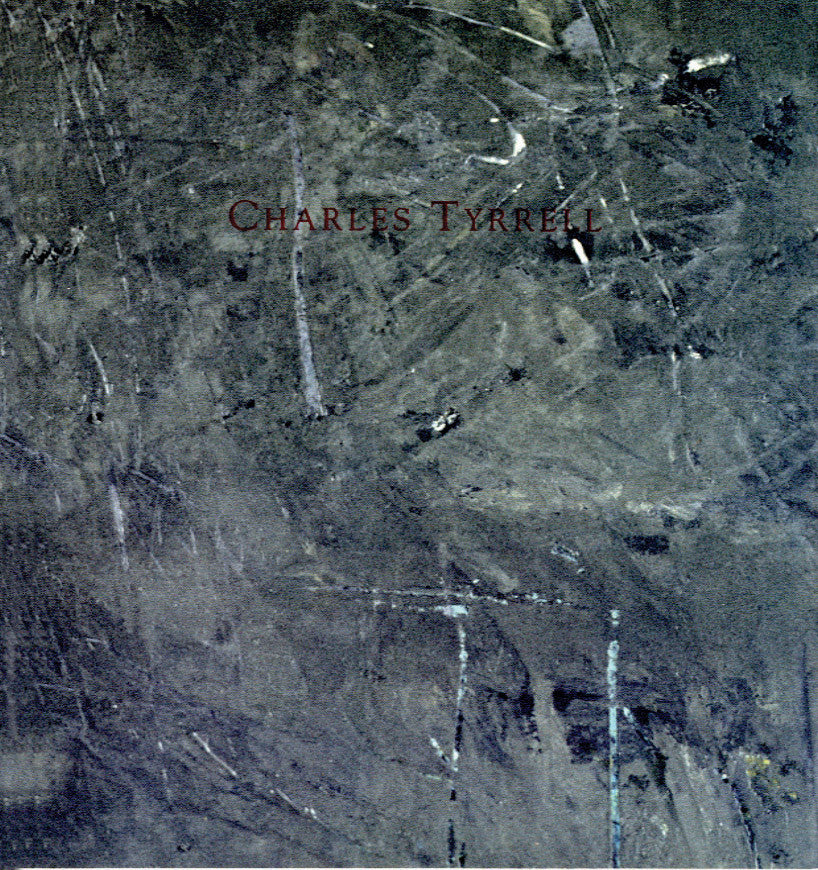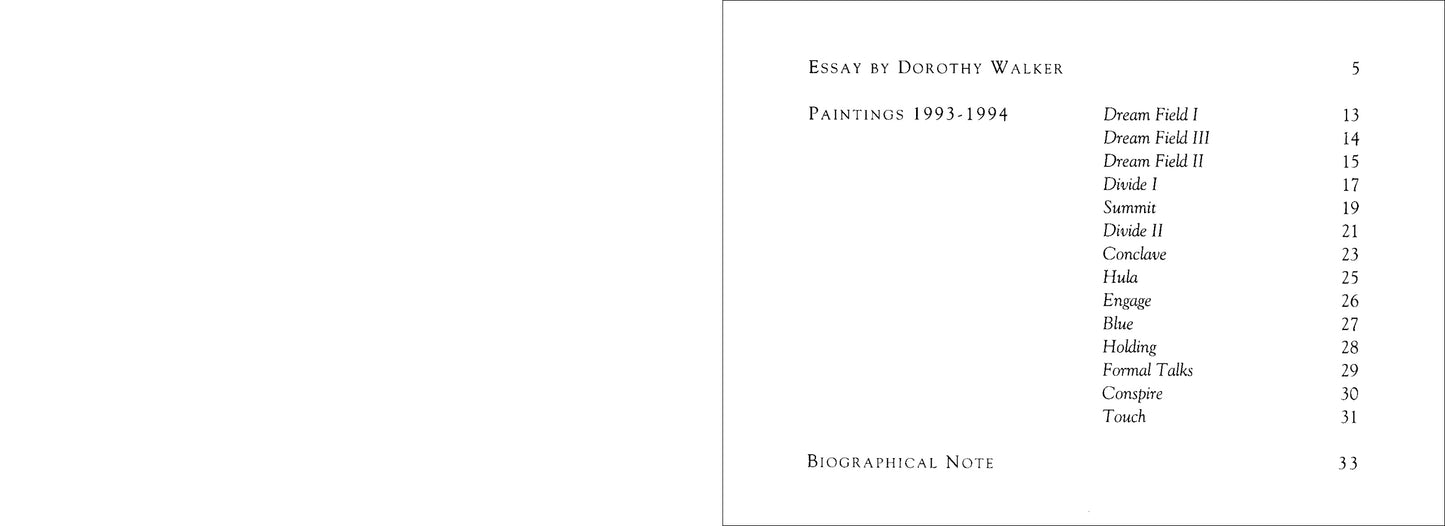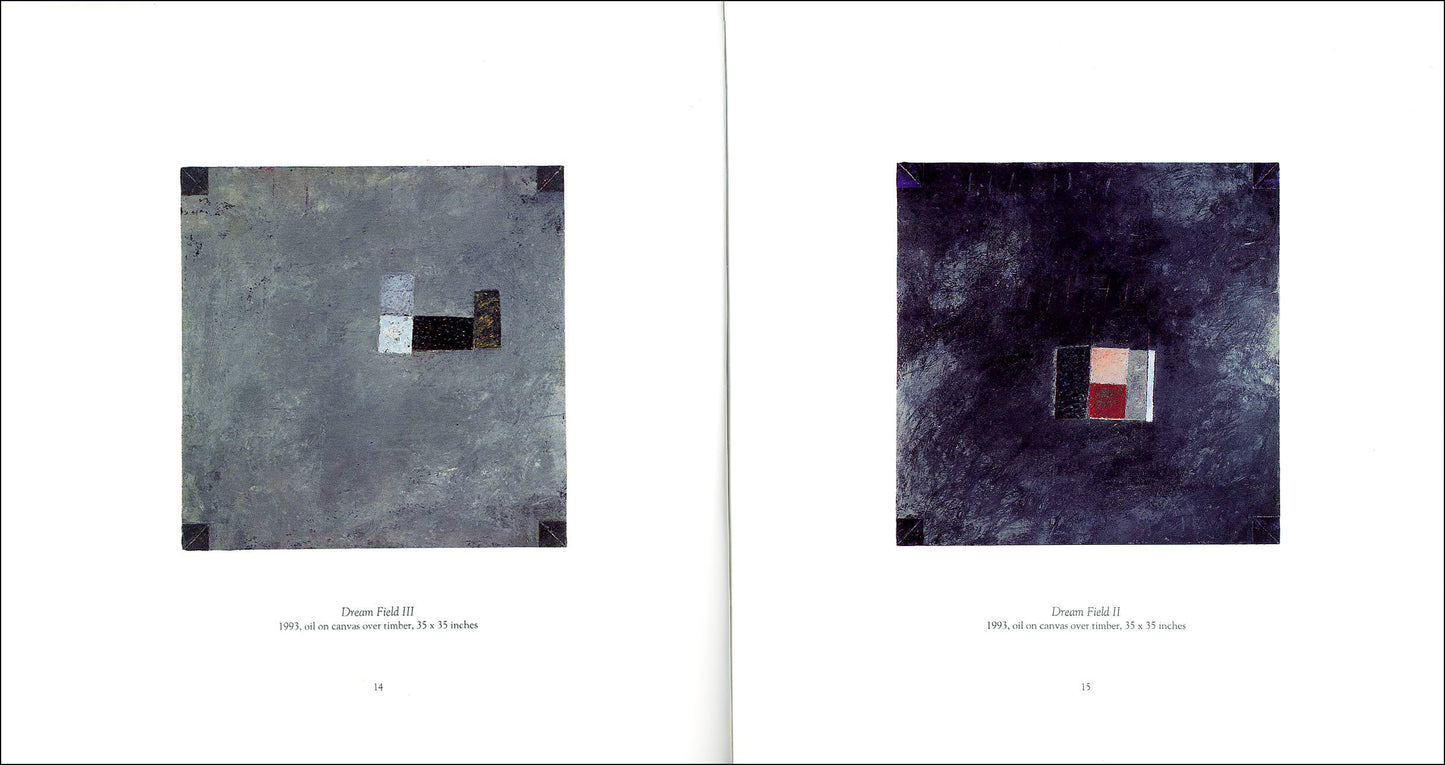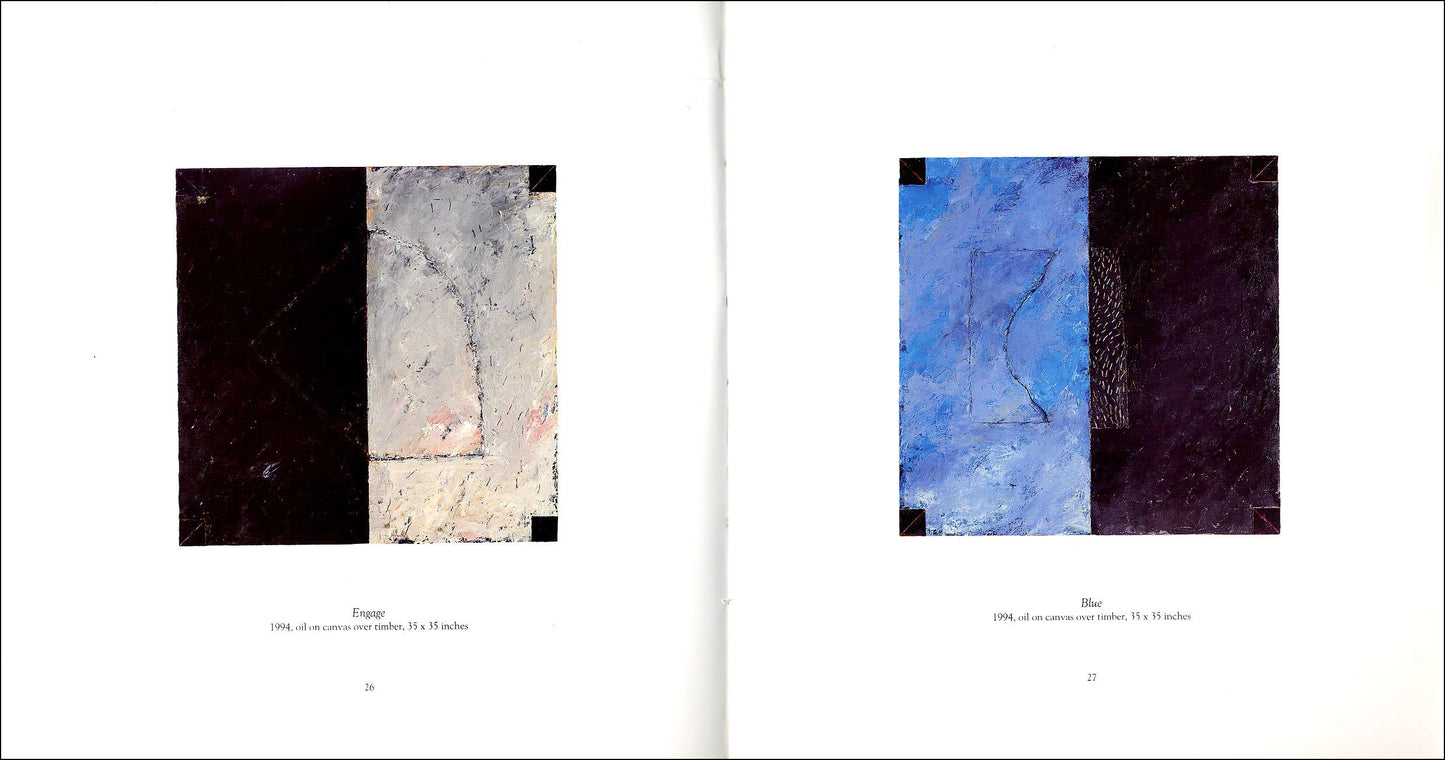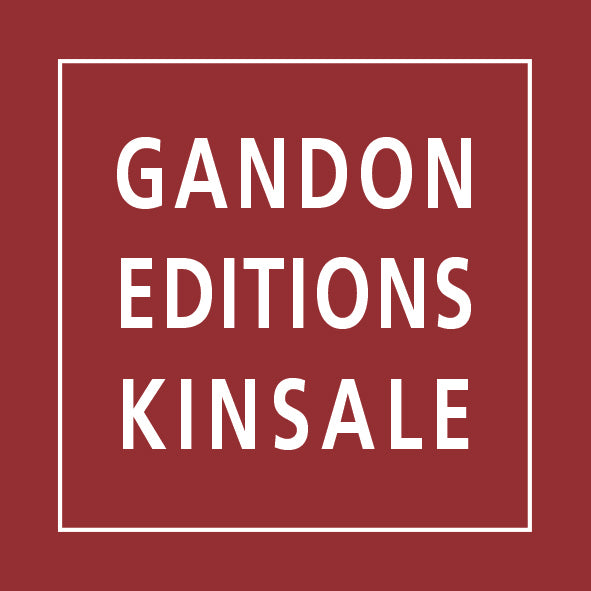Gandon
CHARLES TYRRELL — Paintings
CHARLES TYRRELL — Paintings
Couldn't load pickup availability
Share
essay by Dorothy Walker
ISBN 978 0946641 437 36 pages (pb) 23x21cm 21 illus
Published to coincide with an exhibition by the artist at Austin / Desmond Fine Art, London, in 1994.
Tyrrell has patiently mined an idiosyncratic but rich seam of what might be called rigorous romanticism. His work has for long drawn much of its power from a tension between painterly vigour and compositional constraints.
— Caoimhín Mac Giolla Léith, Circa
_____
EXTRACT
"The Irish mind is inherently paradoxical and loves paradox in even the simplest things; therefore it is only natural that paradox is a recurring ingredient in all Irish art, including painting. Tyrrell’s paradoxes are subtle in the extreme; indeed subtlety is one of the strongest elements of his mind, and hence of his painting.
Remarkably, this subtlety was evident even in his earliest work – the stained canvases of his first exhibition in the Project Arts Centre in Dublin in 1974. This work was, perhaps unconsciously, influenced by the outstanding Irish artist, little known outside Ireland, Patrick Scott, who has had a seminal influence on all the younger abstractionists like Tyrrell. At the time, Scott had initiated a method of soaking the unprimed canvas and painting directly on to this so that the colour spread delicately on the surface. Tyrrell’s paintings used this technique – which he had also seen in the work of the American painter Morris Louis – with great success in a series of organic shapes which even then he confined within a rectangular or geometric enclosure. These paintings showed unusual maturity in a very young artist, who, at the time, was still at art college. They also showed the underlying tradition in Irish art, which has continued since the early Christian period when the Roman influence first confronted the Celtic character.
The conflict between the city-based Graeco-Roman culture and the nomadic Celtic world is most clearly seen in the Great Book of the West, the Book of Kells, where the firm, closed Roman forms of the so-called ‘carpet’ pages are in direct contradiction to the free, exuberant, open-ended linearity of the Kyro and other ‘Celtic’ pages. This basic contradiction of non-specific structures, paradoxically combined with strict tempo, as in music, or with cyclic or open-ended narratives in poetry, drama and fiction, is the most outstanding characteristic of Irish art in every medium. And it is particularly fascinating to see it so clearly developed in Tyrrell’s painting – the strict geometric ‘Roman’ forms and the free organic exuberant ‘Celtic’ shapes within these confines."
— from the essay by Dorothy Walker
|
CONTENTS Essay by Dorothy Walker 5-11 |
published 1994
